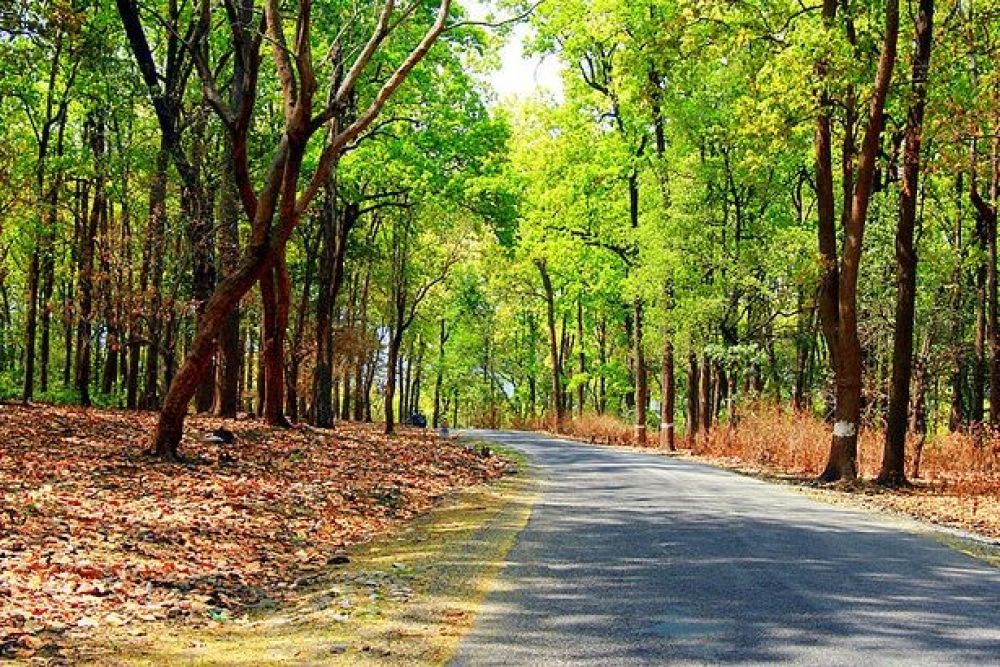

Jim Corbett National Park, established in 1936 as Hailey National Park, is a sanctum for wildlife enthusiasts and nature lovers. Situated in the Himalayan foothills of Uttarakhand, it is proud to be the oldest national park in India and played a crucial role in the initiation of Project Tiger in 1973 to protect the endangered Bengal tiger. Named after the legendary British hunter turned conservationist, Edward James Corbett, the park has become a significant hub of tourism in Uttarakhand.
The history of tourism in Jim Corbett is intertwined with the conservation of its rich and diverse wildlife. Initially, the area was a popular hunting ground for the British elite. However, as the environmental consciousness grew, hunting gave way to conservation efforts, and the forest reserve transitioned into a national park. Despite its remote location, by the 1970s and 1980s, Jim Corbett started gaining popularity among domestic tourists.
In the 1990s, the park started receiving international attention as wildlife conservation became a global concern. The establishment of eco-friendly resorts and the promotion of wildlife tours boosted tourism significantly. The diverse topography ranging from dense forests to grasslands and the Ramganga River flowing through it, have made Jim Corbett an unparalleled destination for nature lovers.
Lohachaur Forest is a lesser-known zone of Jim Corbett National Park that stands out for its serene beauty and relatively untouched landscapes. It is part of the Northern Reserve Forest and is known for its richness in flora and fauna. The virginity of the forest with its diverse ecosystems ranging from riverine belts, marshy depressions, grasslands to a large lake, gives tourists a unique wildlife experience.
In the early 2000s, Lohachaur Forest began gaining recognition for its significant wildlife sightings, including the endangered Bengal tigers, Asiatic elephants, and several species of deer. The area wasn't as frequented as other zones of the park, which made for a more intimate and adventurous wildlife experience for the visitors who did venture here.
With the rise of eco-tourism and sustainable travel, Lohachaur Forest sees a trend of responsible tourism practices. Tourists are increasingly aware of the importance of conservation and seek experiences that minimize environmental impact. The introduction of guided nature walks, bird watching tours, and controlled safaris align with these modern tourism trends.
There has also been a growing interest in cultural tourism, where visitors are keen to engage with local communities living on the peripheries of the forest, learning about their traditions and customs. This not only adds a rich cultural dimension to the tourists' experience but also helps in the socio-economic development of the community.
As technology advances, so does the tourism infrastructure in the area. Online booking systems for safaris, better connectivity to the nearest cities, and improved lodging facilities ensure a seamless and comfortable experience for tourists visiting the beautiful Lohachaur Forest.
Today, Lohachaur Forest is not just a wildlife haven but is also an exemplar of how tourism can evolve sustainably around nature. It continues to enchant visitors with its quiet charm and the thrilling possibility of encounters with its wild inhabitants. The history of tourism in this part of Uttarakhand is a testament to the resilience of nature and the human spirit's ability to revere its magnificence.